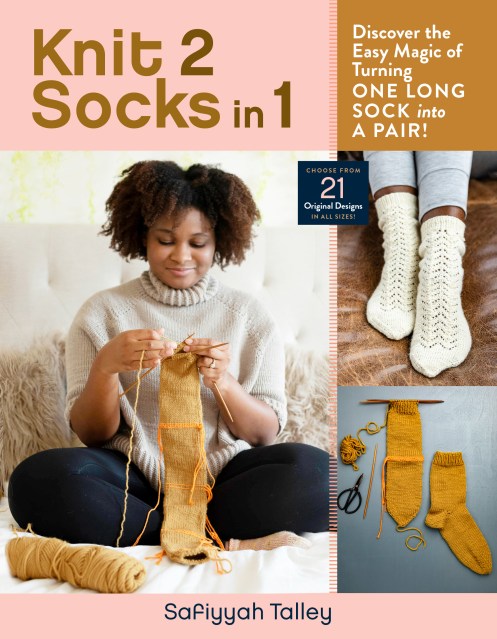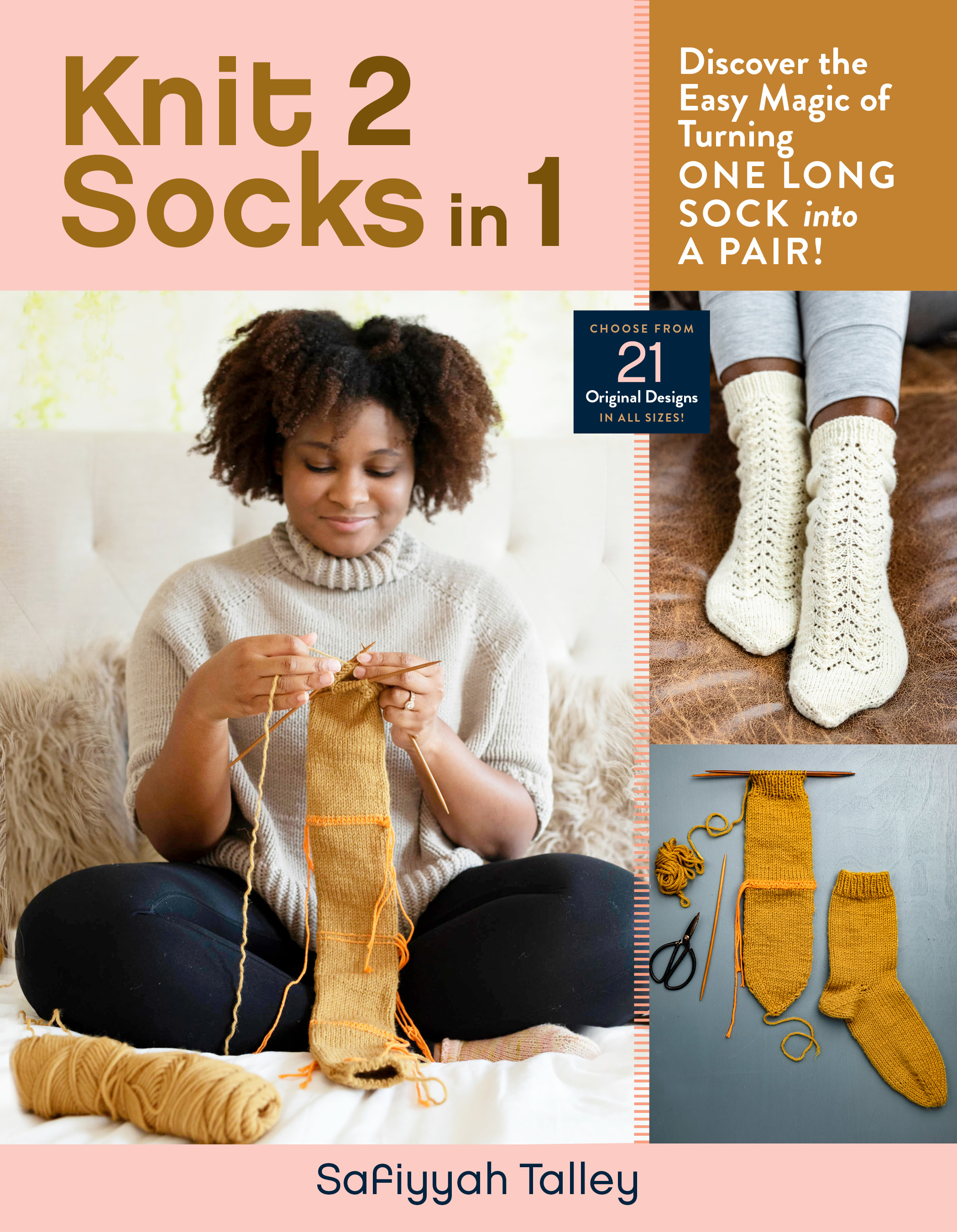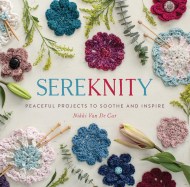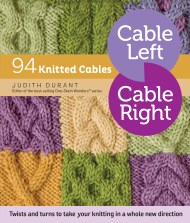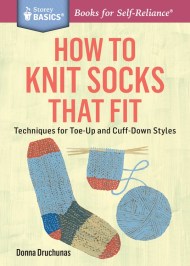Promotion
Use code MOM24 for 20% off site wide + free shipping over $45
Knit 2 Socks in 1
Discover the Easy Magic of Turning One Long Sock into a Pair! Choose from 21 Original Designs, in All Sizes
Contributors
Foreword by Jeanette Sloan
Formats and Prices
Price
$11.99Price
$15.99 CADFormat
Format:
- ebook $11.99 $15.99 CAD
- Hardcover $16.95 $22.95 CAD
This item is a preorder. Your payment method will be charged immediately, and the product is expected to ship on or around March 1, 2022. This date is subject to change due to shipping delays beyond our control.
Also available from:
This innovative technique begins with making the first sock’s cuff. The knitter can then relax and knit a long tube, which makes up the main body of both socks. With the help of a lifeline (scrap yarn that is threaded through stitches to hold them in place), the knitter can easily separate the long tube into two socks. The heels and toes are worked with a simple two-row repeat and are finished with a “hat closure,” a novice knitting technique often used to close the tops of hats. Much like choosing an alternate ending in a classic “Choose Your Own Adventure” book, the knitter can choose from 21 different sock styles, featuring a wide range of stitch patterns, design elements, levels of difficulty, and sizes ranging from child to adult. Knit 2 Socks in 1 is a tried-and-true sock-knitting technique that allows knitters from all backgrounds to join in on the fun.
This publication conforms to the EPUB Accessibility specification at WCAG 2.0 Level AA.
Genre:
-
“One of my favorite voices in the knitting world brings us this clever take on socks that eliminates the dreaded second sock syndrome. Safiyyah’s method is so easy and inviting, you’ll have a brand new pair of socks in no time.” — Clara Parkes, New York Times-bestselling author of Knitlandia and The Knitter's Book of Socks “This imaginative, instructive book is sheer delight for sock knitters at any level. For sock veterans, it's a blast of intrigue and excitement to envision knitting 2 socks in 1, in Safiyyah's inventive, elegant way. And if you're new to knitting socks, there's no easier way to get on your feet. The patterns that demonstrate the technique are varied, beautiful, and inspiring.” — Kay Gardiner and Ann Shayne, Modern Daily Knitting
"Here’s to the knitting stalwarts who patiently turn out pair after pair of socks, not misplacing one or getting bored with the process. For the many knitters, though, who think socks are simply better purchased than crafted, Talley has devised a singular, tubular solution that can readily be separated into two identical foot coverings." — Booklist
“Talley’s creativity saves the day: knitters of all strokes will appreciate this innovative primer.” — Publishers Weekly
-
“One of my favorite voices in the knitting world brings us this clever take on socks that eliminates the dreaded second sock syndrome. Safiyyah’s method is so easy and inviting, you’ll have a brand new pair of socks in no time.” — Clara Parkes, New York Times-bestselling author of Knitlandia and The Knitter's Book of Socks “This imaginative, instructive book is sheer delight for sock knitters at any level. For sock veterans, it's a blast of intrigue and excitement to envision knitting 2 socks in 1, in Safiyyah's inventive, elegant way. And if you're new to knitting socks, there's no easier way to get on your feet. The patterns that demonstrate the technique are varied, beautiful, and inspiring.” — Kay Gardiner and Ann Shayne, Modern Daily Knitting
"Here’s to the knitting stalwarts who patiently turn out pair after pair of socks, not misplacing one or getting bored with the process. For the many knitters, though, who think socks are simply better purchased than crafted, Talley has devised a singular, tubular solution that can readily be separated into two identical foot coverings." — Booklist
“Talley’s creativity saves the day: knitters of all strokes will appreciate this innovative primer.” — Publishers Weekly
-
"Safiyyah’s method for creating a pair of socks is amazingly simple and would be an excellent starting technique for those who want to knit socks but are put off by the thought of complex shaping of heels and toes as well as the terror of dropping stitches while knitting on four needles."The Journal for Weavers, Spinners & Dyers
- On Sale
- Mar 1, 2022
- Page Count
- 152 pages
- Publisher
- Storey
- ISBN-13
- 9781635864083
Newsletter Signup
By clicking ‘Sign Up,’ I acknowledge that I have read and agree to Hachette Book Group’s Privacy Policy and Terms of Use
